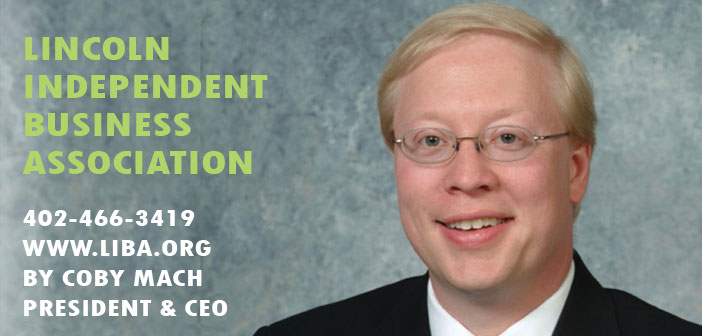There’s Only So Much You Can Charge For Tamales
In Nebraska, our Legislature has had battles over increasing minimum wage. The most recent idea was to increase the minimum wage for tipped workers. First, it is important to know that the minimum wage for all tipped workers is $9 per hour. Although employees who earn a portion of their wages from gratuities may be paid $2.13 per hour, that is only the base wage. State law requires businesses to make up the difference for workers if their tips fail to meet the $9 minimum wage. In other words, by state law, all tipped workers are receiving a minimum of 9 per hour.
So what’s happening in other states? Michael Saltsman with the Employment Policies Institute authored the following for the Wall Street Journal last month.
Reprinted with permission:
San Francisco’s ever-rising minimum wage—set to hit $15 next year—has restaurant owners asking for the check. “At Least 60 Bay Area Restaurants Have Closed Since September,” read a January headline at the website SFist, which partly blamed “the especially high cost of doing business in SF, with a mandated, rising minimum wage that does not exempt tipped employees.” Another publication, Eater, described the rash of recent closures as a “death march.”
Perhaps the highest-profile closure in San Francisco this year was AQ, which in 2012 was a James Beard Award finalist for the best new restaurant in America. Rising costs chipped away at the restaurant’s profitability, according to a report by Thrillist, driving down the profit margin from 8.5% in 2012 to 1.5% by 2015.
When San Francisco added its own municipal minimum wage in 2004—one of the first in the country—the operating assumption was that tourists and techies would pay the higher prices necessary to offset the cost of the city’s generosity. Last year the San Francisco Chronicle looked at 20 years’ of menus from top restaurants and reported that prices had jumped 52% since 2005, twice the rate of inflation. But increasing prices isn’t a panacea for restaurant owners. “There’s only so much you can charge for tamales,” the owner of a small eatery said in 2015 to explain one reason he was closing.
For some empirical backup, consider an April study from Michael Luca at Harvard Business School and Dara Lee Luca at Mathematica Policy Research. They used Bay Area data from the review website Yelp to estimate that a $1 minimum-wage hike leads to a 14% increase in “the likelihood of exit for a 3.5-star restaurant.”
If there’s a silver lining to San Francisco’s culinary struggles, it’s that other cities, even ones run by Democrats, are realizing the arguments for a $15 minimum wage don’t match reality. In March, Baltimore’s mayor, Catherine Pugh, vetoed a measure that would have raised the local mandate to $15 by 2022. “I want people to earn better wages,” she told this newspaper. “But I also want my city to survive.”
California lawmakers have been less thoughtful in their approach. Under legislation passed last year, the state will raise its wage floor to $15 an hour as soon as 2022. That mandate applies not only to the prosperous coast but also to the impoverished inland. California is already a net exporter of working-class residents. From 2000-15, the state lost a net 800,000 people living close to the poverty line, according to a Sacramento Bee analysis of Census Bureau data.
These families understand something that the City Council in San Francisco and the Legislature in Sacramento do not: New wage mandates and government benefits don’t mean much if you can’t find a job.
 LIBA studies and promotes these types of issues that are important to businesses and our community. If you have an interest in joining LIBA, please call me at (402) 466-3419. LIBA membership is not restricted to just businesses. We also have “individual” memberships for those who want to help influence our local government decisions.
LIBA studies and promotes these types of issues that are important to businesses and our community. If you have an interest in joining LIBA, please call me at (402) 466-3419. LIBA membership is not restricted to just businesses. We also have “individual” memberships for those who want to help influence our local government decisions.
For more information on LIBA, visit Liba.org.

